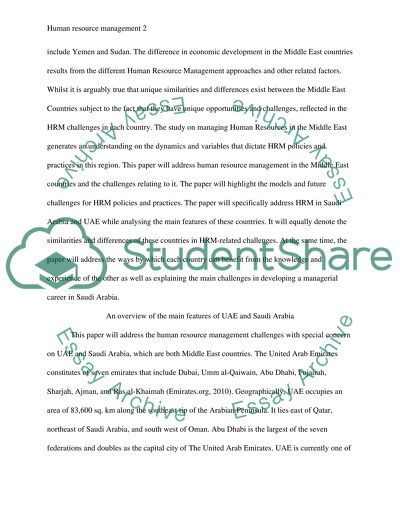Cite this document
(Reinventing Human Resource Management Coursework, n.d.)
Reinventing Human Resource Management Coursework. Retrieved from https://studentshare.org/human-resources/1452903-human-resources-managment-challenges-in-middle
Reinventing Human Resource Management Coursework. Retrieved from https://studentshare.org/human-resources/1452903-human-resources-managment-challenges-in-middle
(Reinventing Human Resource Management Coursework)
Reinventing Human Resource Management Coursework. https://studentshare.org/human-resources/1452903-human-resources-managment-challenges-in-middle.
Reinventing Human Resource Management Coursework. https://studentshare.org/human-resources/1452903-human-resources-managment-challenges-in-middle.
“Reinventing Human Resource Management Coursework”, n.d. https://studentshare.org/human-resources/1452903-human-resources-managment-challenges-in-middle.


